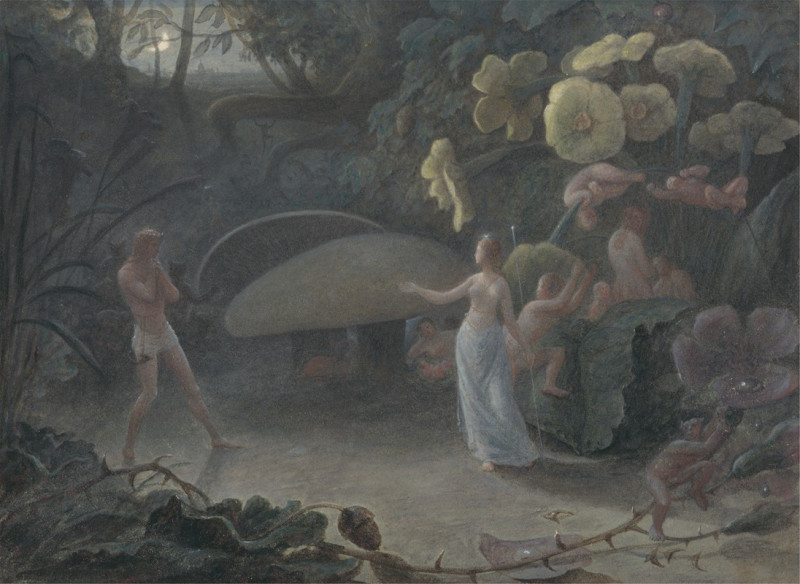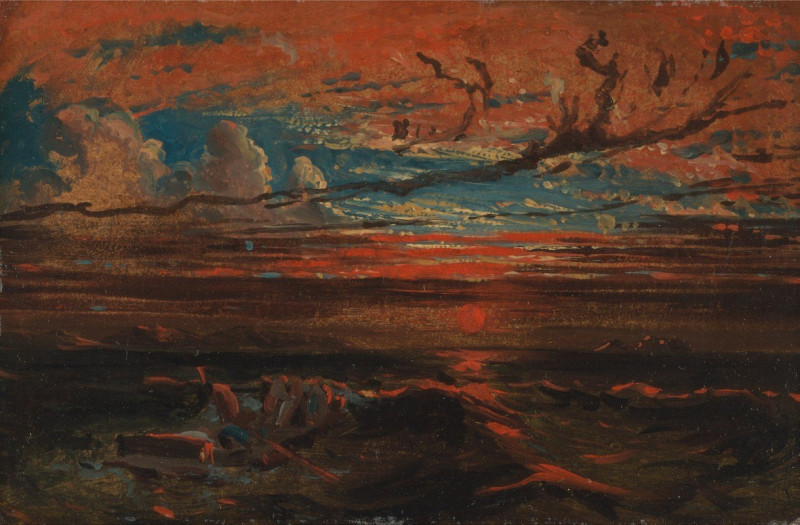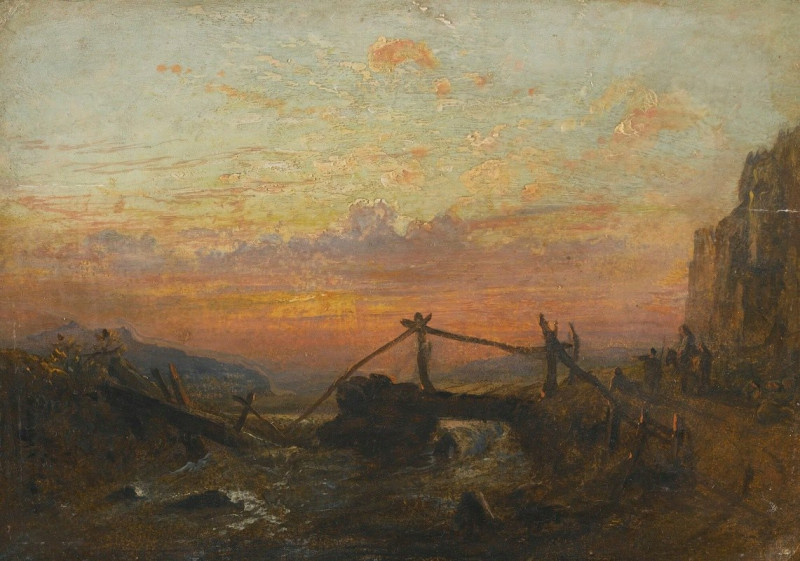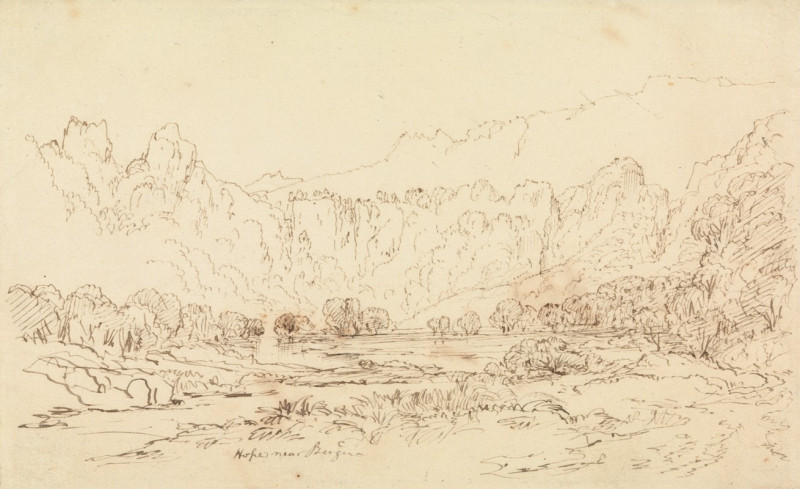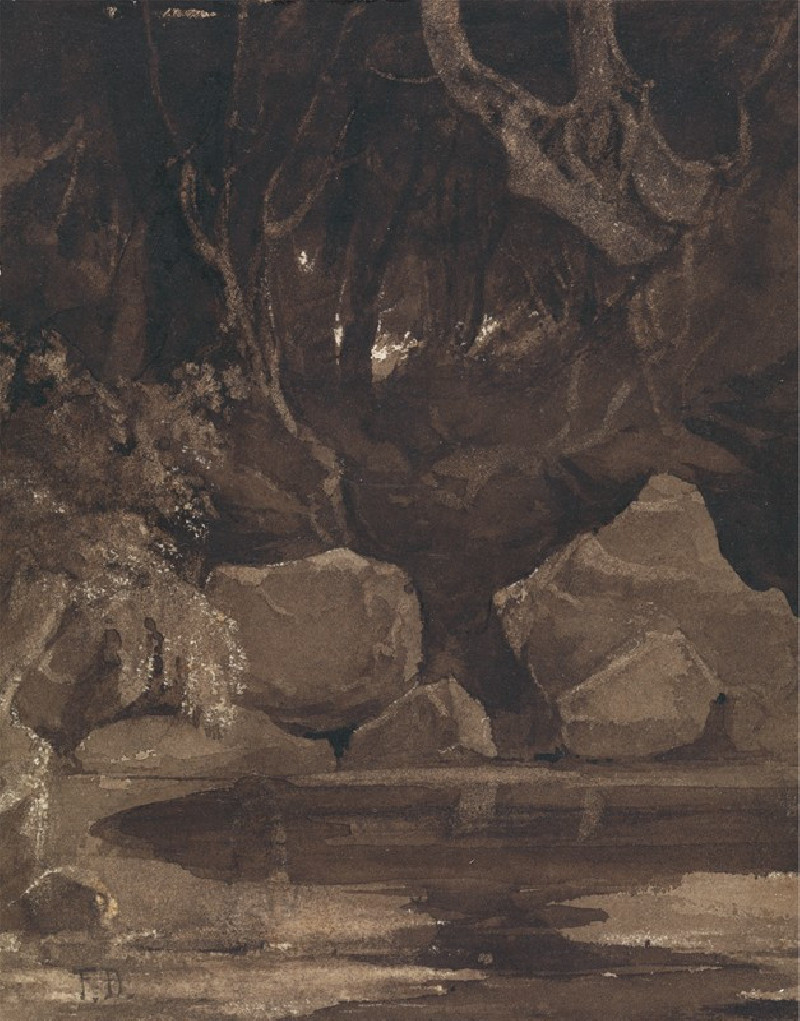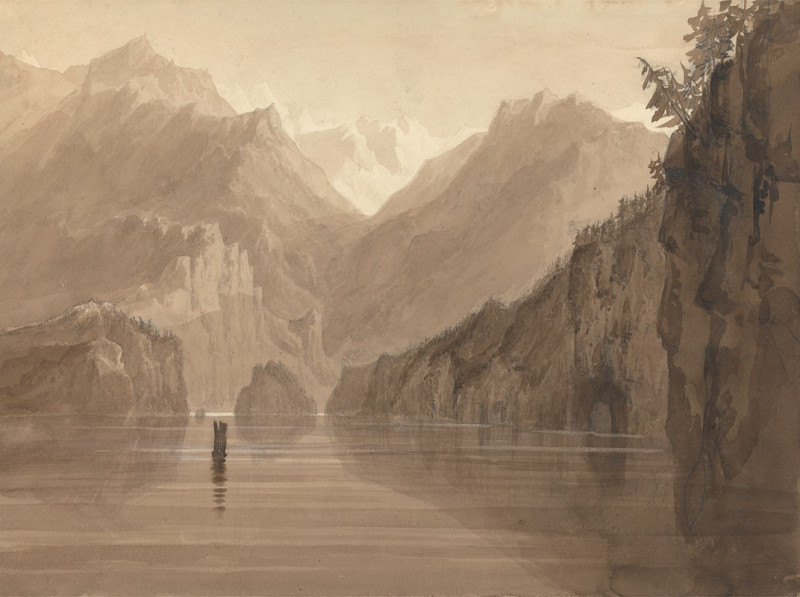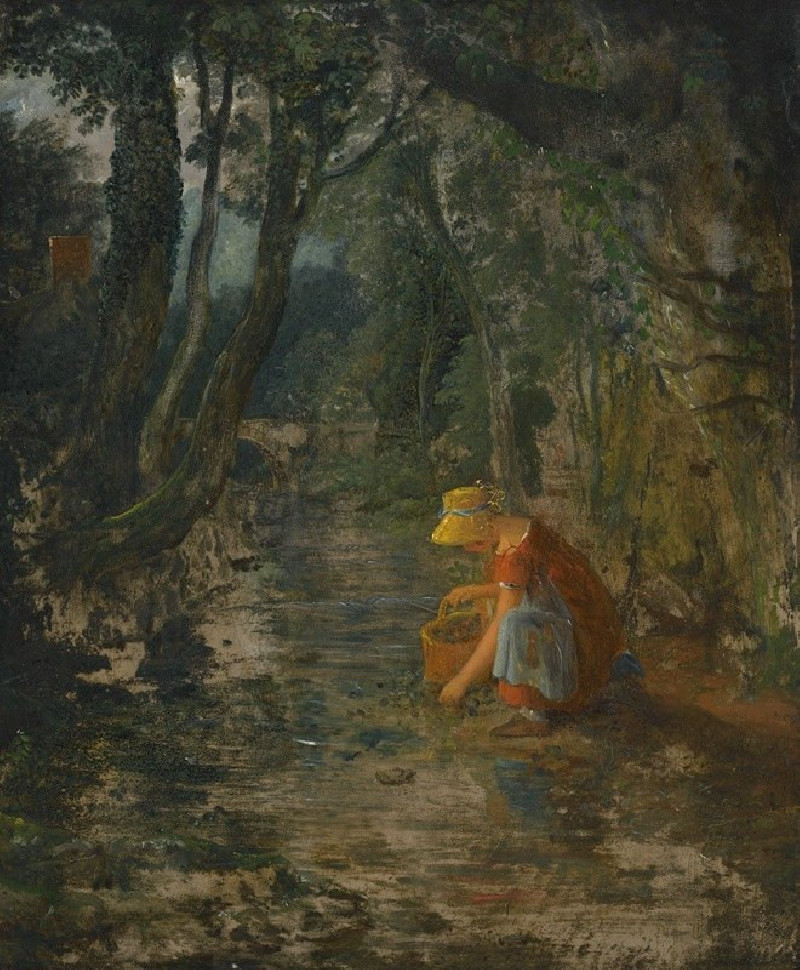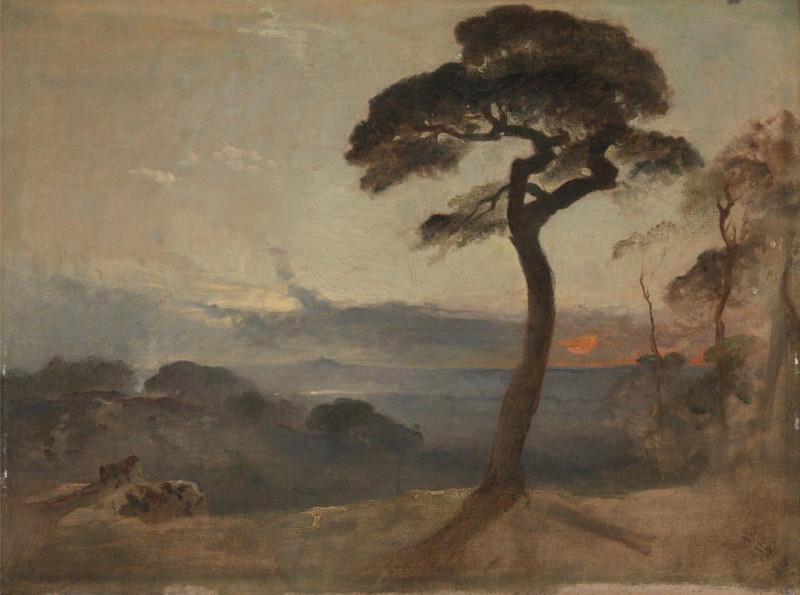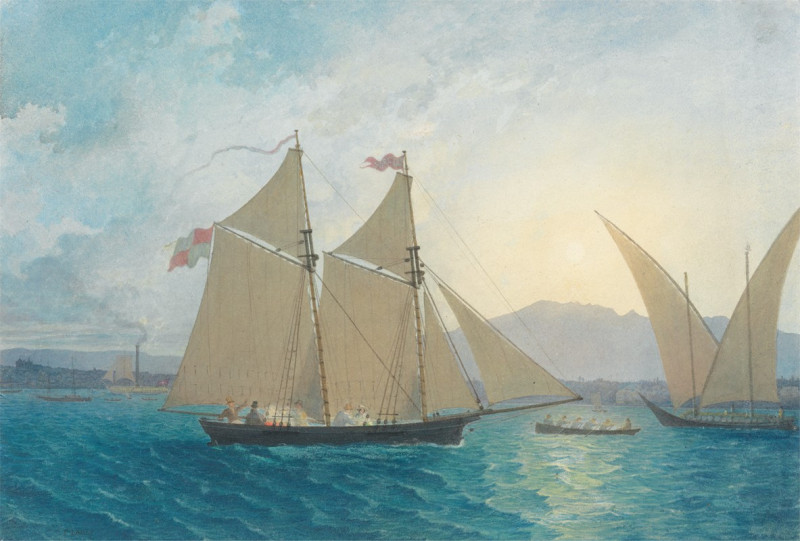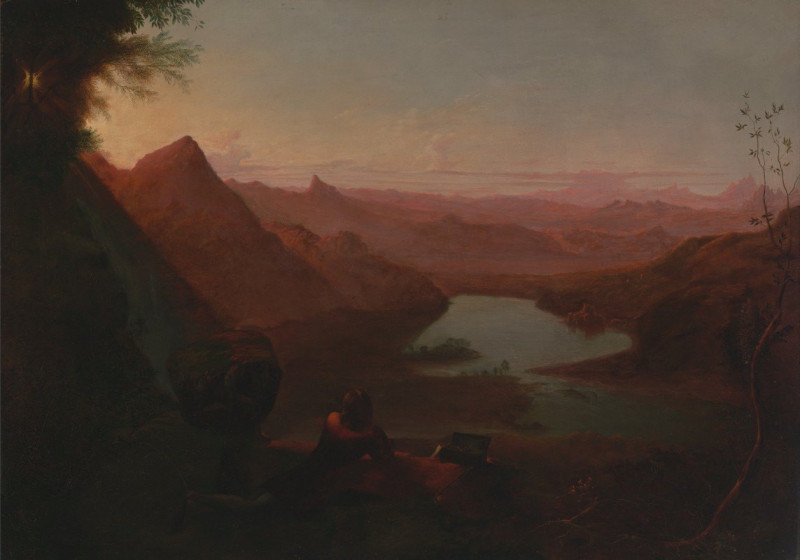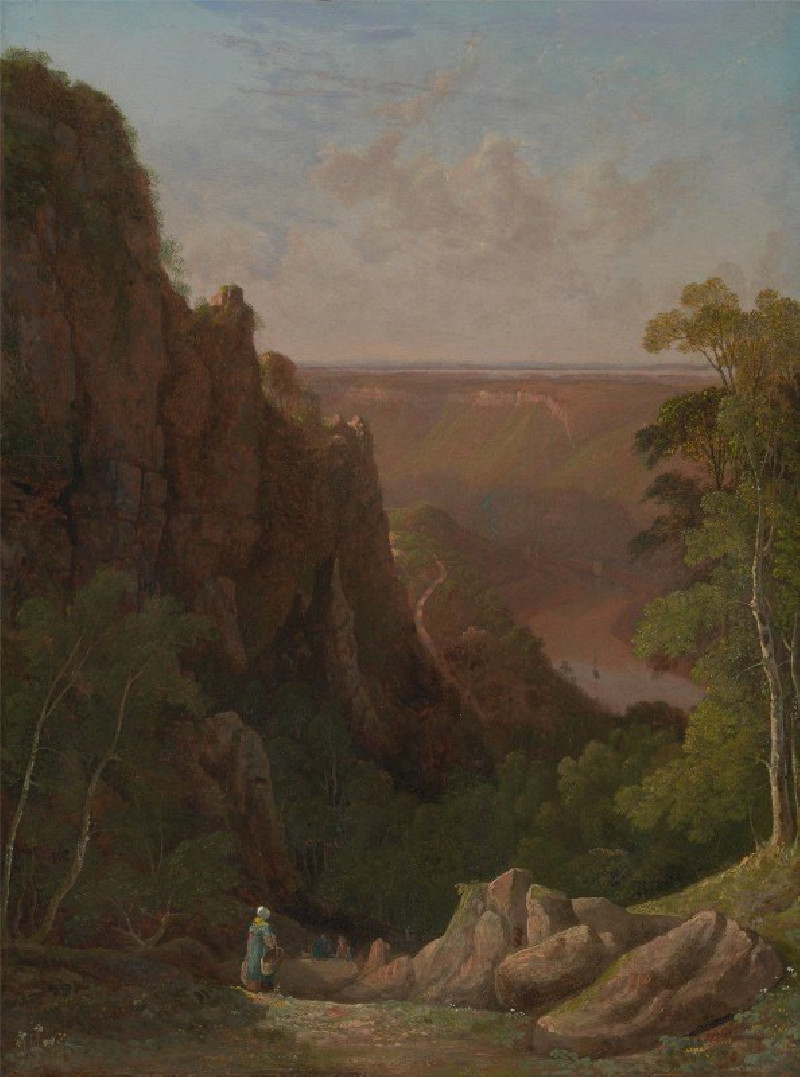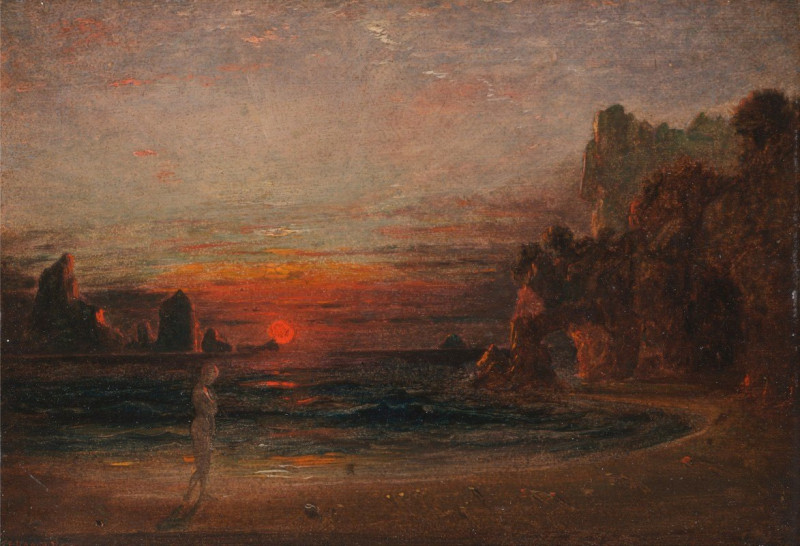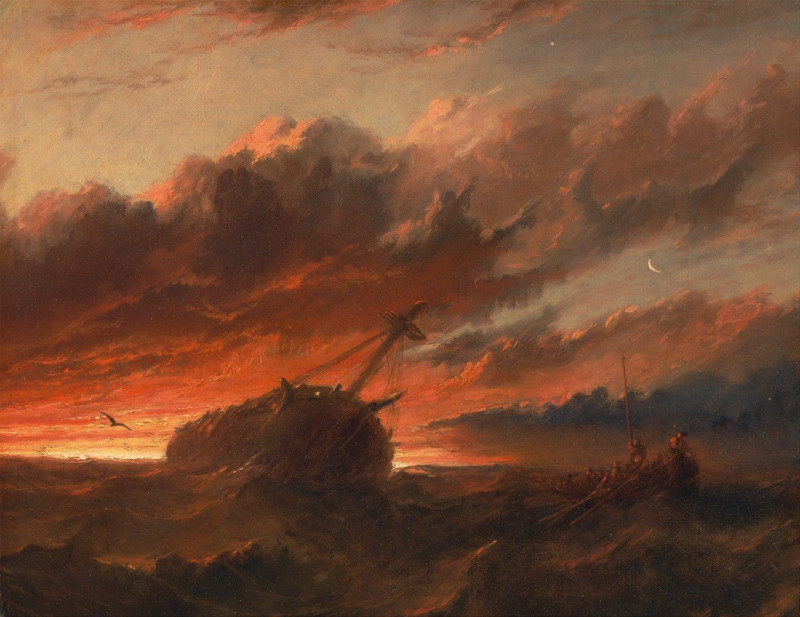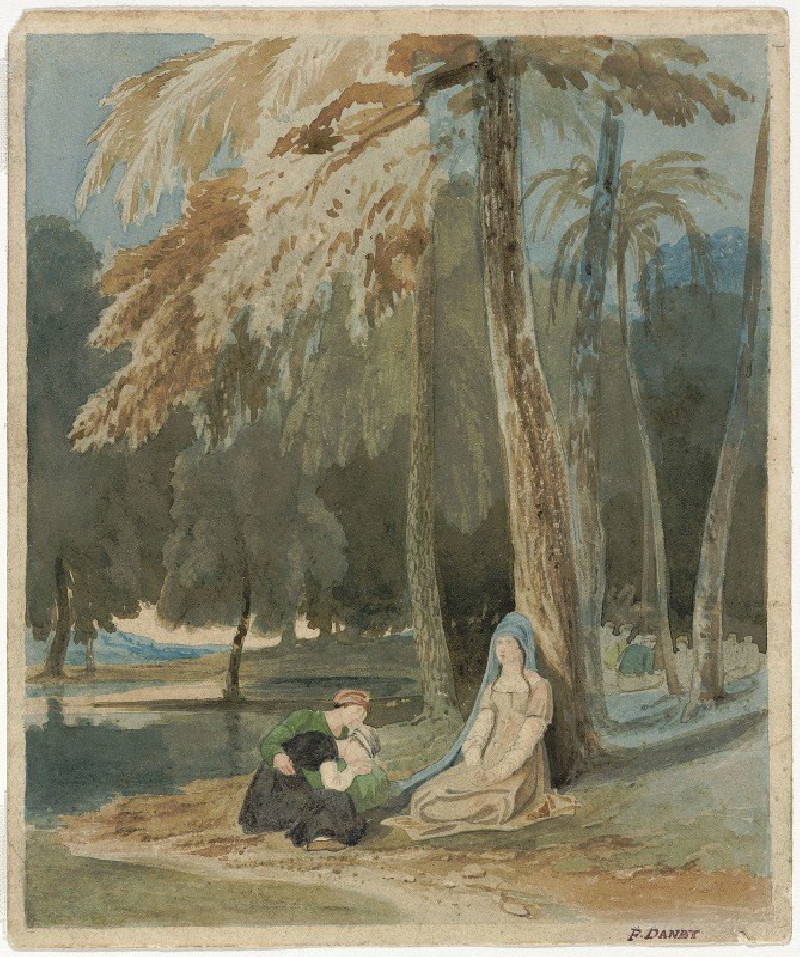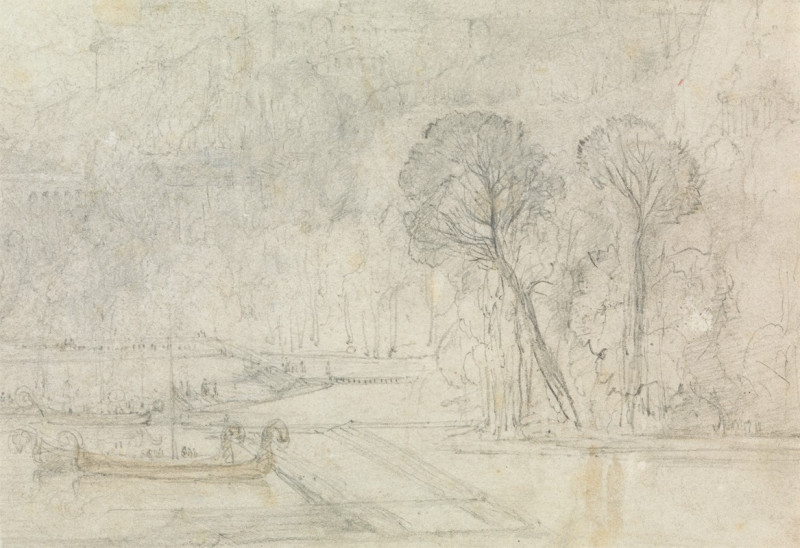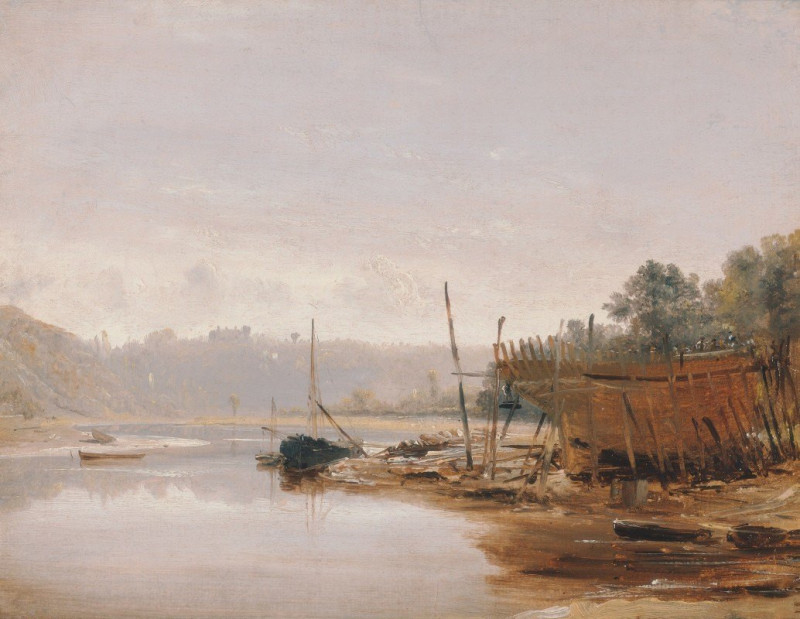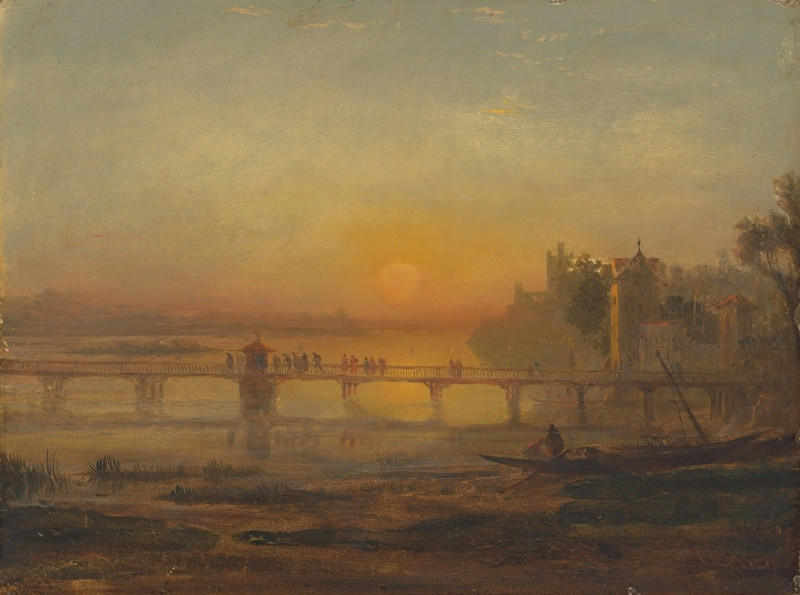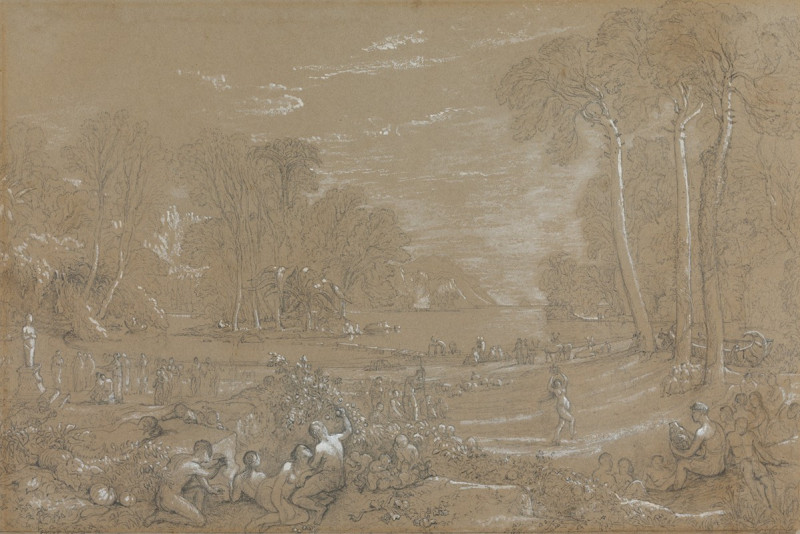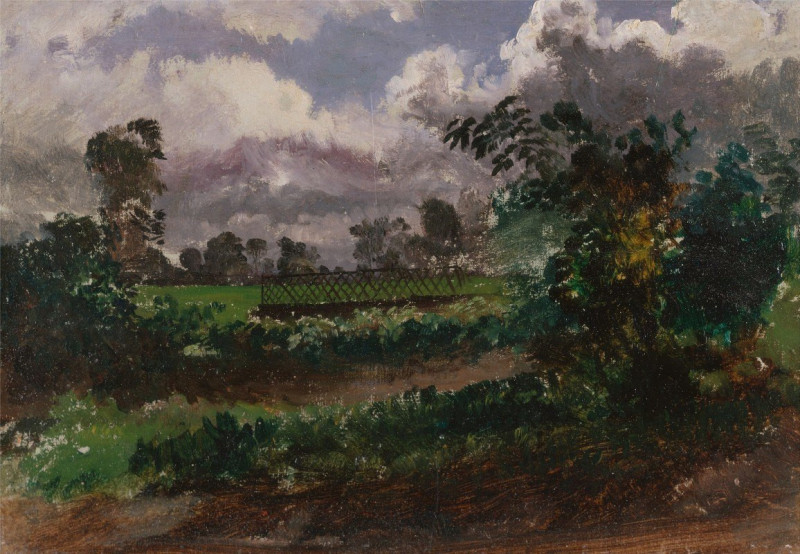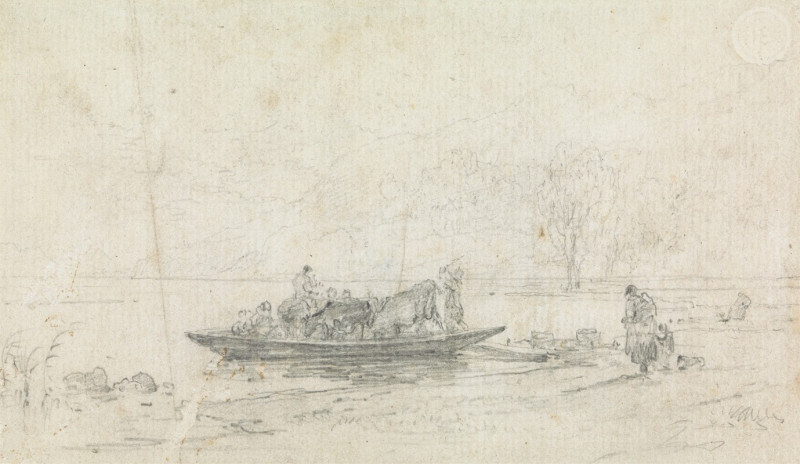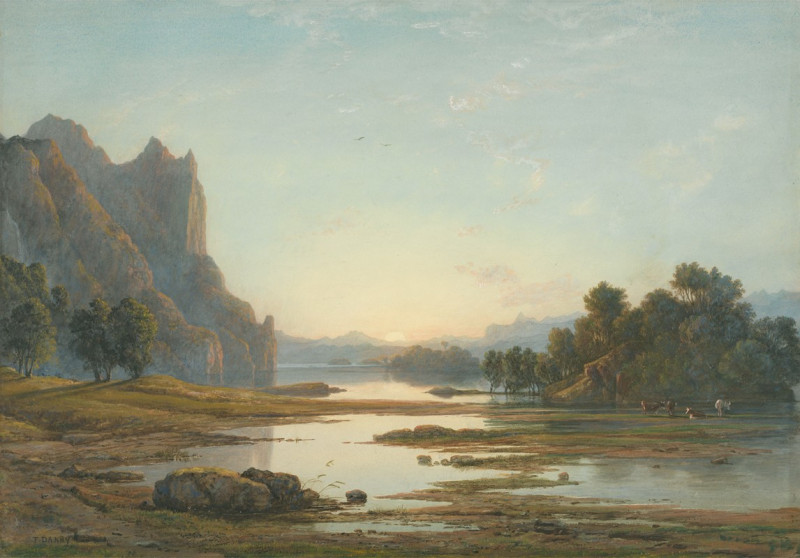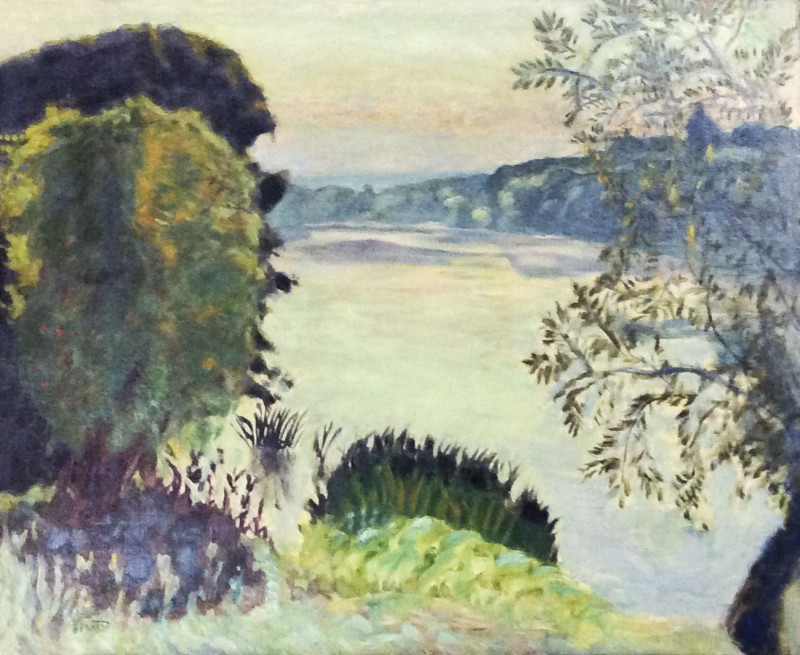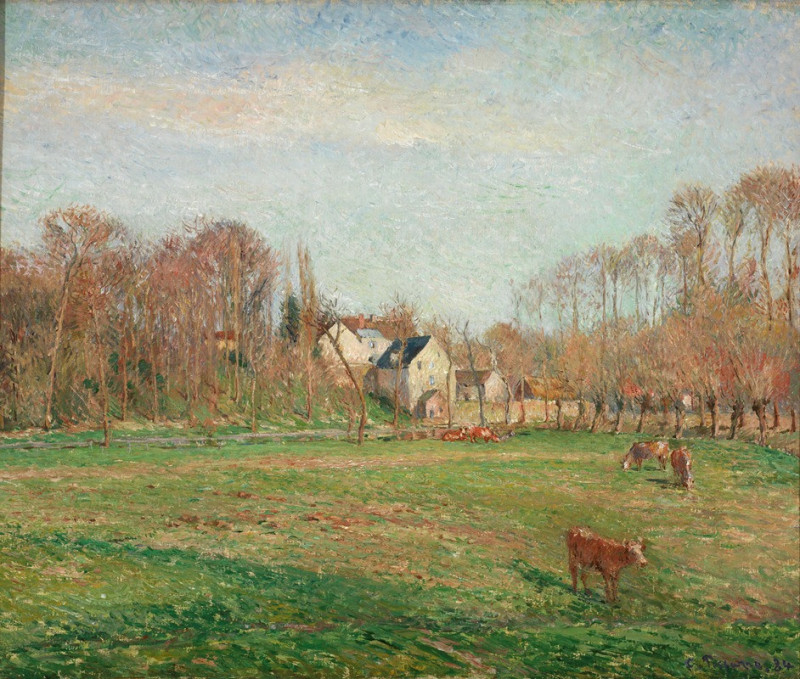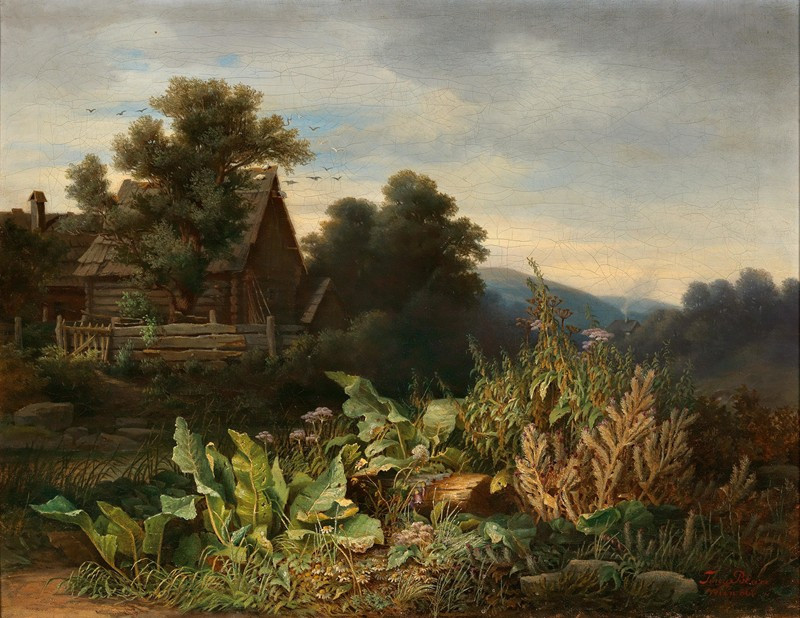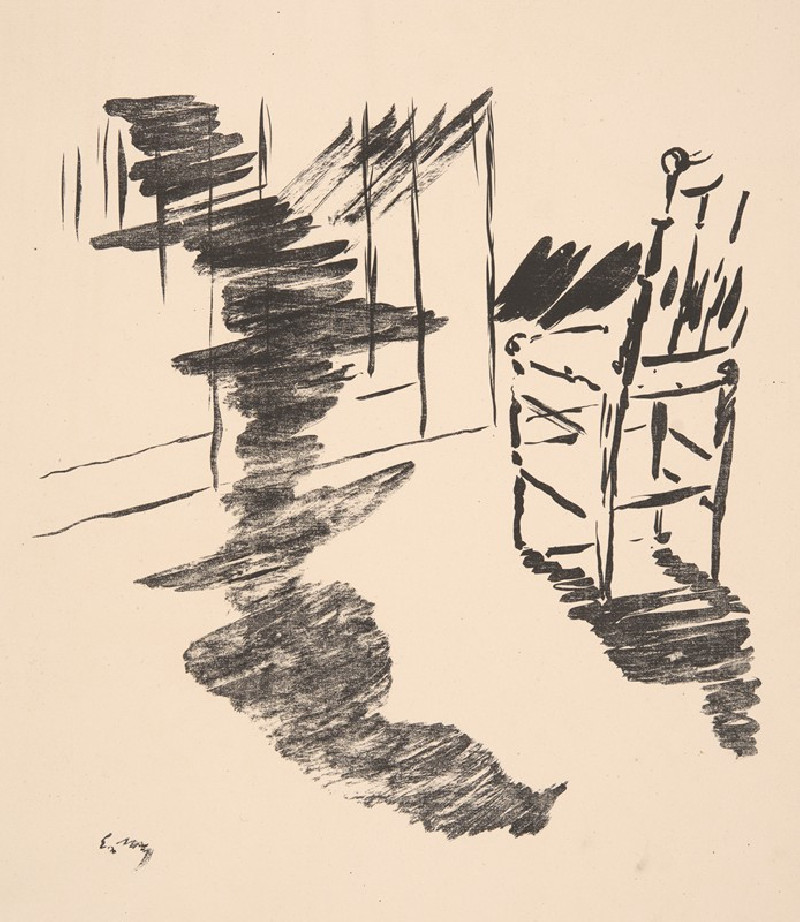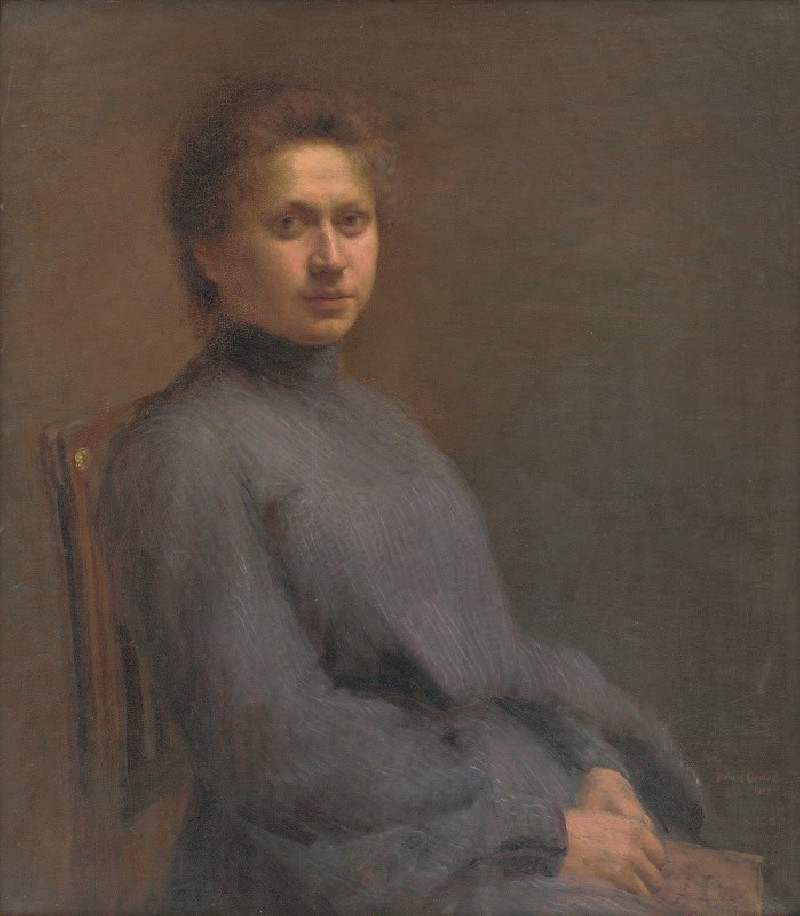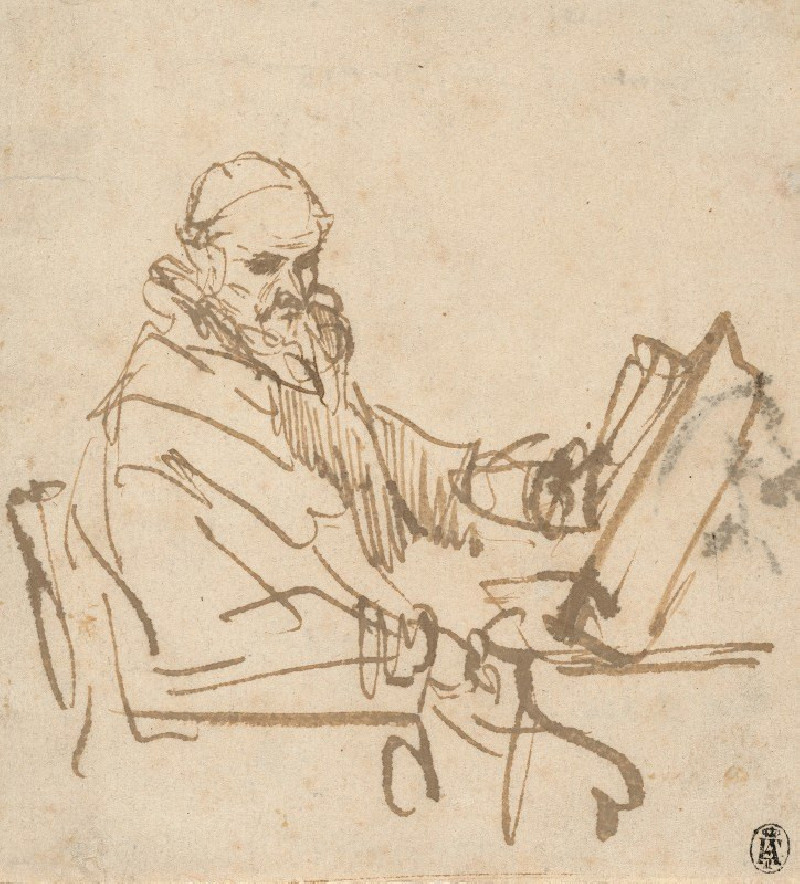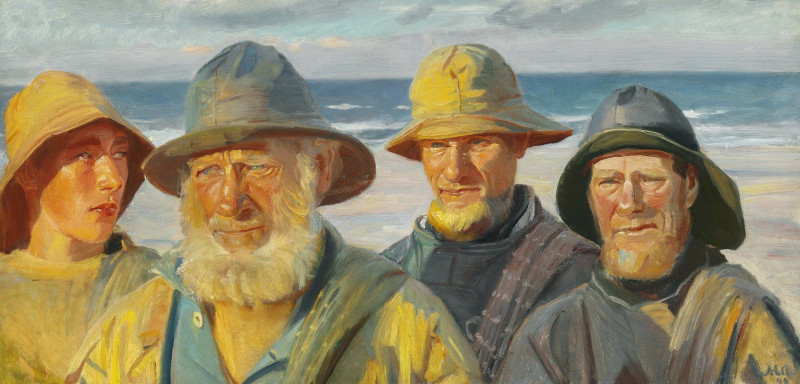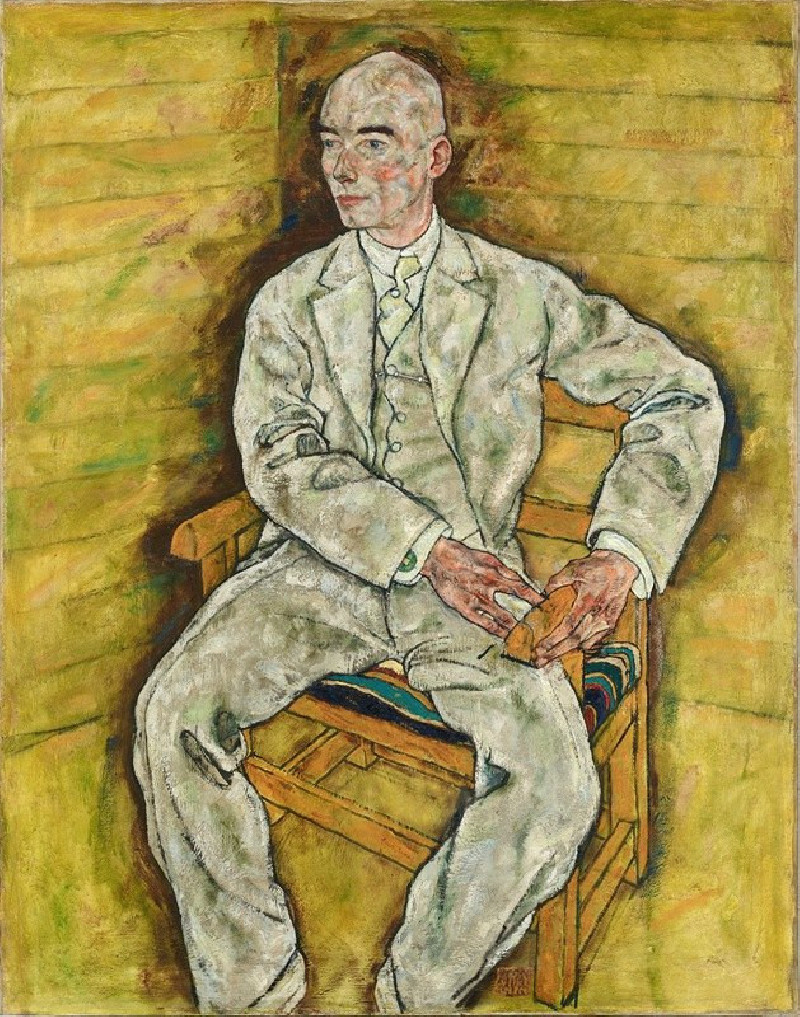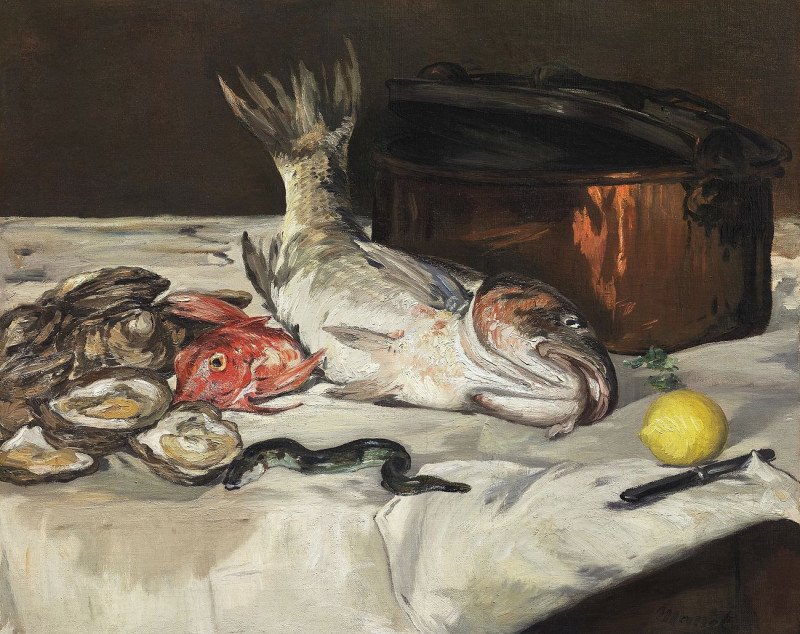Oberon and Titania (1837)
Technique: Giclée quality print
Recommended by our customers
More about this artwork
Francis Danby’s enchanting masterpiece, "Oberon and Titania," painted in 1837, draws the viewer into a mesmerizing, ethereal world inspired by the magical motifs of William Shakespeare's "A Midsummer Night's Dream." This painting perfectly captures the otherworldly realm of the fairy king and queen, Oberon and Titania, set against a backdrop of a dense, mysterious forest under the luminous glow of the moon.In this romantic portrayal, Oberon, on the left, appears to watch Titania, who is gracefully positioned in the center. She seems to be either approaching Oberon or performing some sort of enchantment, indicated by the subtle yet powerful gesture of her hands and the serene expression on her face. The scene is inhabited by other fantastical figures: fairies float and cavort around the couple, adding a dynamic element to the composition with their varied poses and actions. Oversized foliage and mushrooms enhance the sense of a dreamlike, scaled-down perspective, which typifies the hidden world of fairy folklore.The muted tones and soft lighting heighten the mystical quality of the painting, inviting the observer to ponder the magical and mysterious forces at play in this mythical forest setting. Danby’s use of diffused light not only highlights the principal figures but also creates an air of mysticism and enchantment that is both captivating and haunting."Oberon and Titania" is a fine example of Danby’s talent for combining natural elements with supernatural themes, making it a treasured piece for both lovers of classic literature and admirers of fine art.
Delivery
Returns
Francis Danby (16 November 1793 – 9 February 1861) was an Irish painter of the Romantic era. His imaginative, dramatic landscapes were comparable to those of John Martin. Danby initially developed his imaginative style while he was the central figure in a group of artists who have come to be known as the Bristol School. His period of greatest success was in London in the 1820s.

